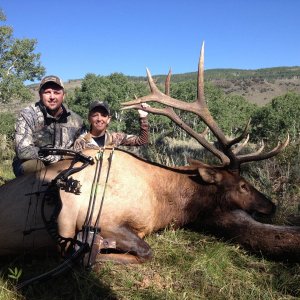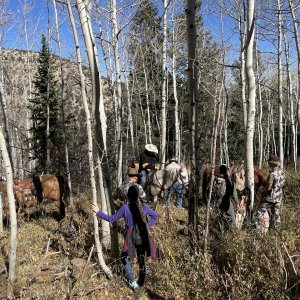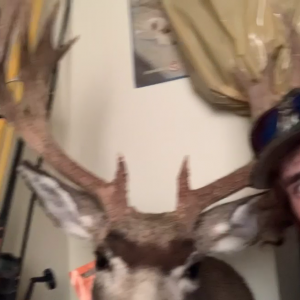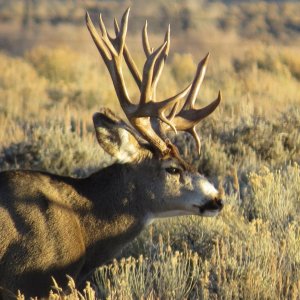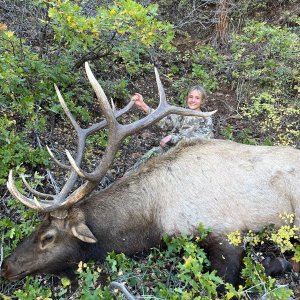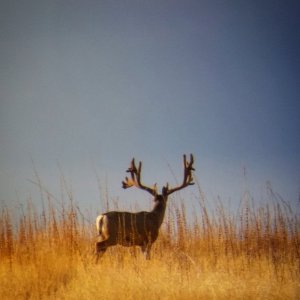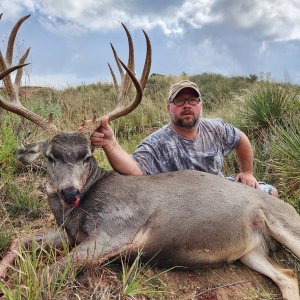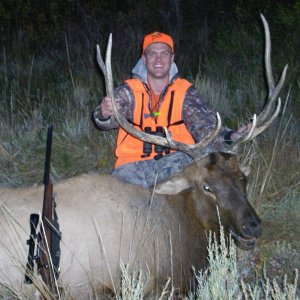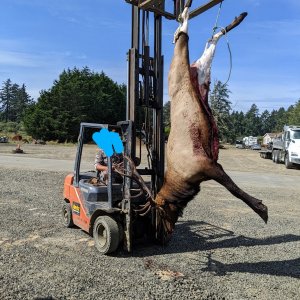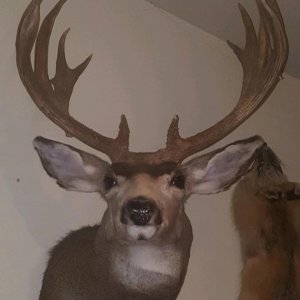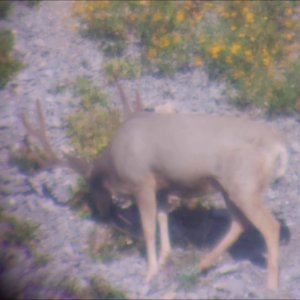So here's the background. I went on my first Muley hunt 2 years ago and I'm hooked. Hunting in Idaho and planning on going again this year.
I hope to make a scouting trip, but depending on timing, not sure if I'll be able to make a summer scout or not. I'm NOT looking for spots or any specific locations to hunt.
I'm used to hunting midwest whitetails, where range remains fairly constant. I'm trying to wrap my head around how to find muleys in October when we'll be out there. Last trip didn't yield as many deer sightings as I had hoped and I'd like to learn a bit more about range and where they'll be at that time of year. Any help is appreciated. PM is fine if you don't want to post.
So one of the area's we were hunting had pretty extreme elevation ranges... typical creek drainage all the way up to tree-less steep rocky peaks. The creek / river bottoms were densely wooded. I stuck mostly to the upper stuff, more open rocky terrain. We didn't have a lot of snow, which I know affects the deer, but I'm not 100% sure how it moves them around. I guess my questions center about which of those ranges I should be starting at to try and locate deer? Will the deer be as HIGH as possible until the snow pushes them down, or will they be found down in the thick stuff by the creeks? Will the big bucks be in a different place than the younger ones? Is it correct to assume that they will stay below the snow if possible?
Once again - sorry if these are dumb questions, and yes, I've been searching and reading different posts and articles. Just wanted to see what some of the pro's on here had to say about the subject. It's much different than hunting whitetails in the midwest... they pretty much stay in the same place all year long.
Much thanks.
Steve
I hope to make a scouting trip, but depending on timing, not sure if I'll be able to make a summer scout or not. I'm NOT looking for spots or any specific locations to hunt.
I'm used to hunting midwest whitetails, where range remains fairly constant. I'm trying to wrap my head around how to find muleys in October when we'll be out there. Last trip didn't yield as many deer sightings as I had hoped and I'd like to learn a bit more about range and where they'll be at that time of year. Any help is appreciated. PM is fine if you don't want to post.
So one of the area's we were hunting had pretty extreme elevation ranges... typical creek drainage all the way up to tree-less steep rocky peaks. The creek / river bottoms were densely wooded. I stuck mostly to the upper stuff, more open rocky terrain. We didn't have a lot of snow, which I know affects the deer, but I'm not 100% sure how it moves them around. I guess my questions center about which of those ranges I should be starting at to try and locate deer? Will the deer be as HIGH as possible until the snow pushes them down, or will they be found down in the thick stuff by the creeks? Will the big bucks be in a different place than the younger ones? Is it correct to assume that they will stay below the snow if possible?
Once again - sorry if these are dumb questions, and yes, I've been searching and reading different posts and articles. Just wanted to see what some of the pro's on here had to say about the subject. It's much different than hunting whitetails in the midwest... they pretty much stay in the same place all year long.
Much thanks.
Steve

